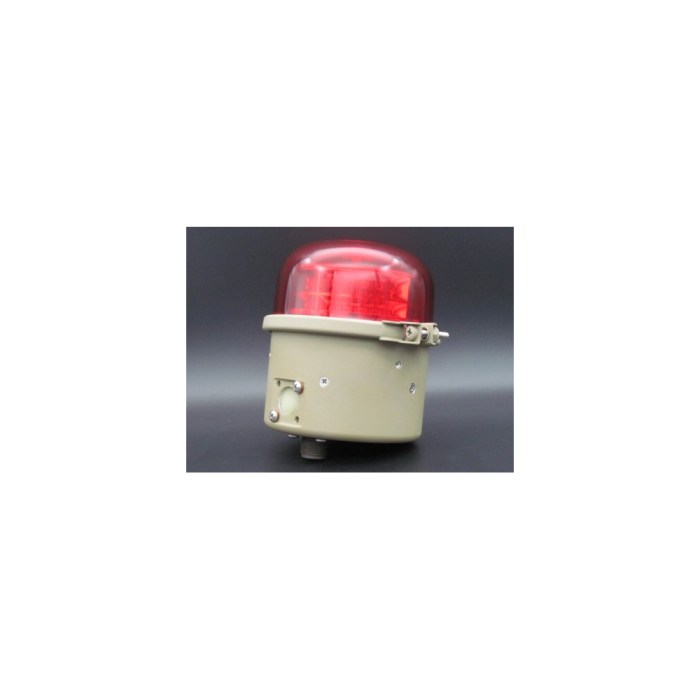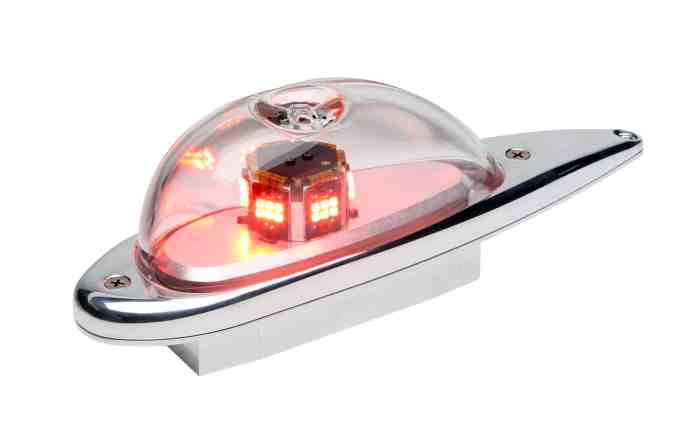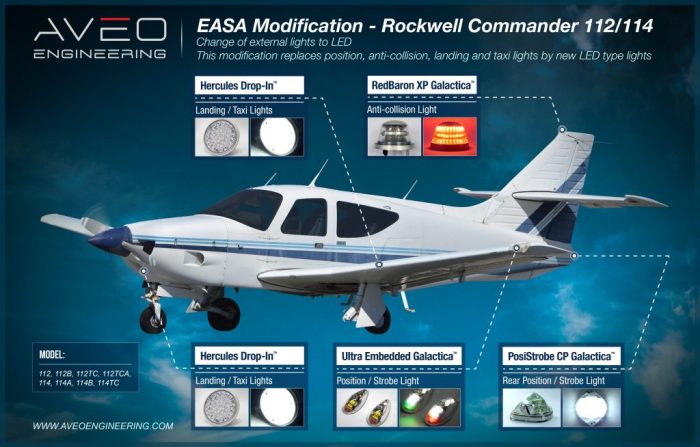Pilots are required to have the anti-collision light system operating on their aircraft to enhance visibility and reduce the risk of collisions. These systems play a crucial role in ensuring the safety of both pilots and passengers, and their proper functioning is essential for maintaining a high level of aviation safety.
Anti-collision light systems emit bright, pulsating lights that make aircraft more visible to other aircraft, particularly during nighttime or in low-visibility conditions. By increasing the conspicuity of aircraft, these systems help prevent collisions between aircraft operating in close proximity, especially during takeoff, landing, and other critical flight phases.
1. Safety Regulations and Requirements

To enhance aviation safety, pilots are legally obligated to operate anti-collision light systems on their aircraft. These regulations are strictly enforced by aviation authorities worldwide, and failure to comply can result in severe consequences, including fines, license suspensions, or even criminal charges.
Consequences of Non-Compliance
- Increased risk of mid-air collisions
- Difficulty in detecting and avoiding other aircraft, especially in low-visibility conditions
- Potential damage to aircraft and loss of life
2. Functions and Benefits of Anti-Collision Light Systems

Anti-collision light systems play a crucial role in preventing aircraft collisions by increasing the visibility of an aircraft to other pilots, especially during nighttime or low-visibility conditions.
Benefits of Anti-Collision Light Systems
- Enhanced aircraft visibility, making it easier for other pilots to spot and avoid
- Reduced risk of mid-air collisions, particularly in congested airspace
- Improved situational awareness for pilots, allowing them to make informed decisions
3. Types of Anti-Collision Light Systems
Various types of anti-collision light systems are available for aircraft, each with its own unique features and advantages.
Types of Anti-Collision Light Systems
- Strobe Lights:High-intensity lights that emit bright, intermittent flashes to attract attention
- Beacon Lights:Rotating lights that emit a steady beam of light, providing 360-degree visibility
- Navigation Lights:Lights that indicate the aircraft’s position and direction of travel
4. Installation and Maintenance of Anti-Collision Light Systems

Proper installation and maintenance of anti-collision light systems are essential for ensuring their effectiveness and reliability.
Installation Procedures, Pilots are required to have the anti-collision light system operating
- Determine the appropriate type of light system for the aircraft
- Select the optimal location for the lights, considering visibility and aerodynamic impact
- Install the lights according to manufacturer’s instructions and aviation regulations
Maintenance Guidelines
- Regularly inspect the lights for damage or malfunction
- Replace bulbs or LEDs as needed
- Clean the lights to ensure optimal visibility
5. Training and Education for Pilots
Pilots must receive comprehensive training and education to operate anti-collision light systems effectively.
Training Requirements
- Understanding the principles and functions of anti-collision light systems
- Knowledge of aviation regulations and best practices for using the systems
- Training in troubleshooting and maintaining the systems
6. Future Advancements and Innovations: Pilots Are Required To Have The Anti-collision Light System Operating
The field of anti-collision light systems is constantly evolving, with ongoing research and development aimed at improving their effectiveness and reliability.
Potential Future Developments
- LED-Based Systems:Brighter, more energy-efficient, and longer-lasting lights
- Integrated Systems:Combining anti-collision lights with other aircraft systems, such as navigation and communication systems
- Automated Collision Avoidance Systems:Advanced systems that use sensors and algorithms to detect and avoid potential collisions
Helpful Answers
Why are anti-collision light systems important for pilots?
Anti-collision light systems are essential for pilots because they increase the visibility of aircraft, especially during nighttime or low-visibility conditions. This helps prevent collisions between aircraft operating in close proximity.
What are the consequences of not using anti-collision light systems?
Not using anti-collision light systems can increase the risk of collisions between aircraft, especially during nighttime or low-visibility conditions. This can have serious consequences, including injuries or fatalities.
How often should anti-collision light systems be inspected and maintained?
Anti-collision light systems should be inspected and maintained regularly according to the manufacturer’s recommendations and applicable regulations. Regular maintenance helps ensure that the systems are functioning properly and are ready to use when needed.